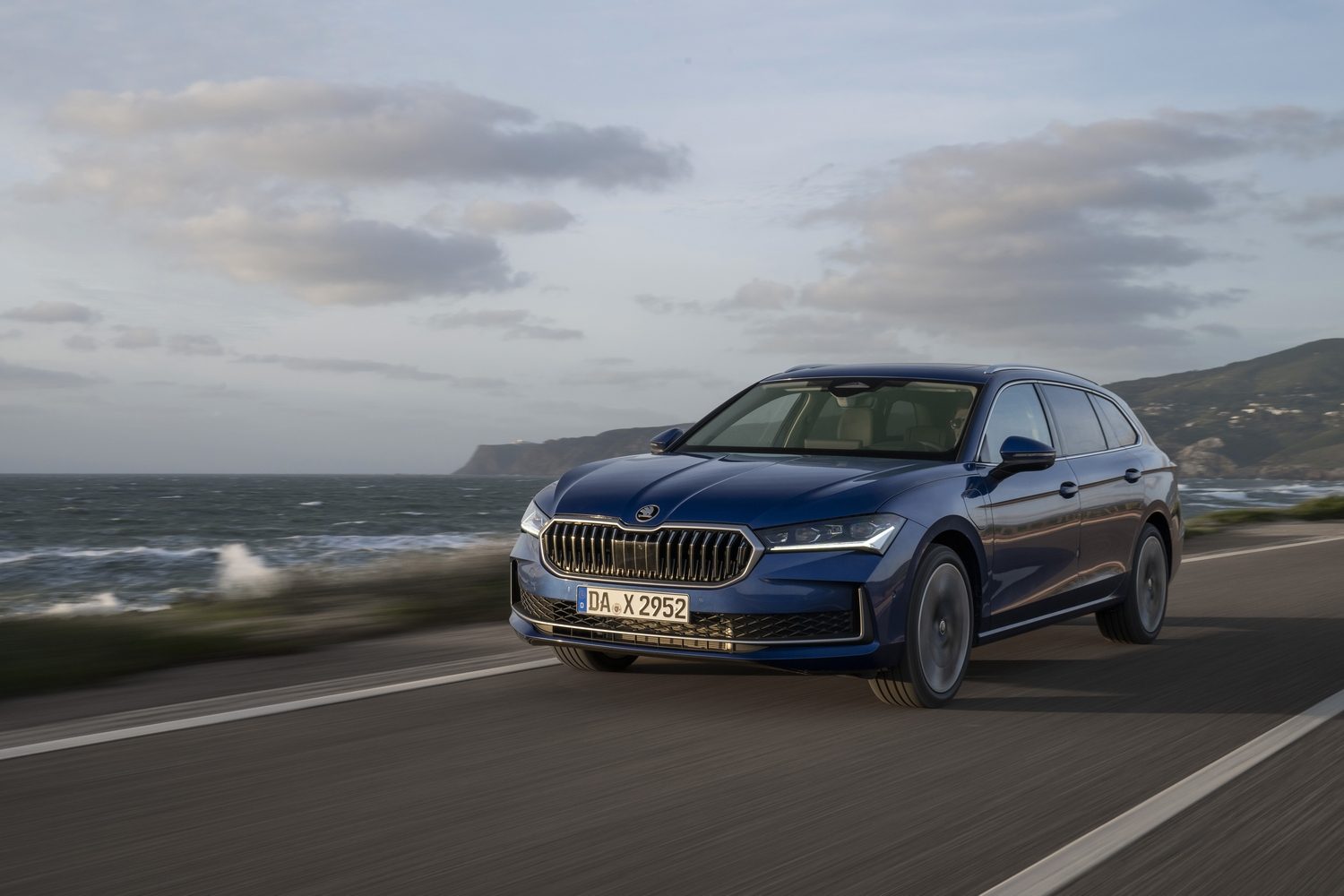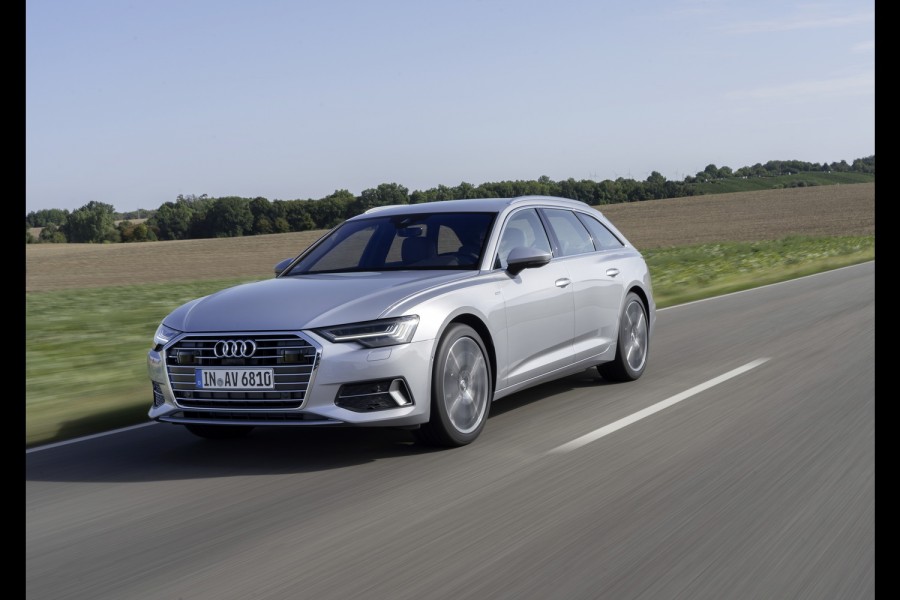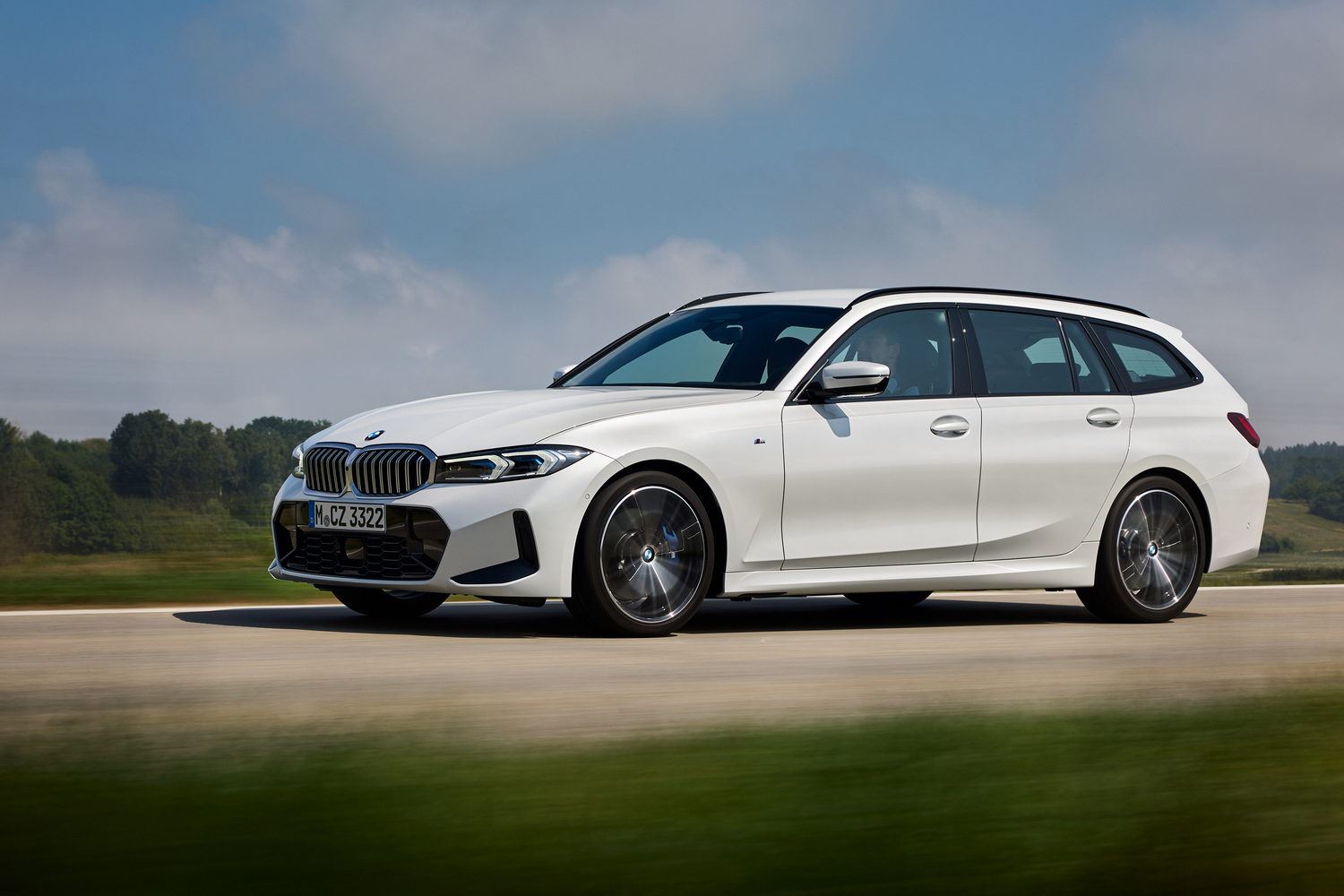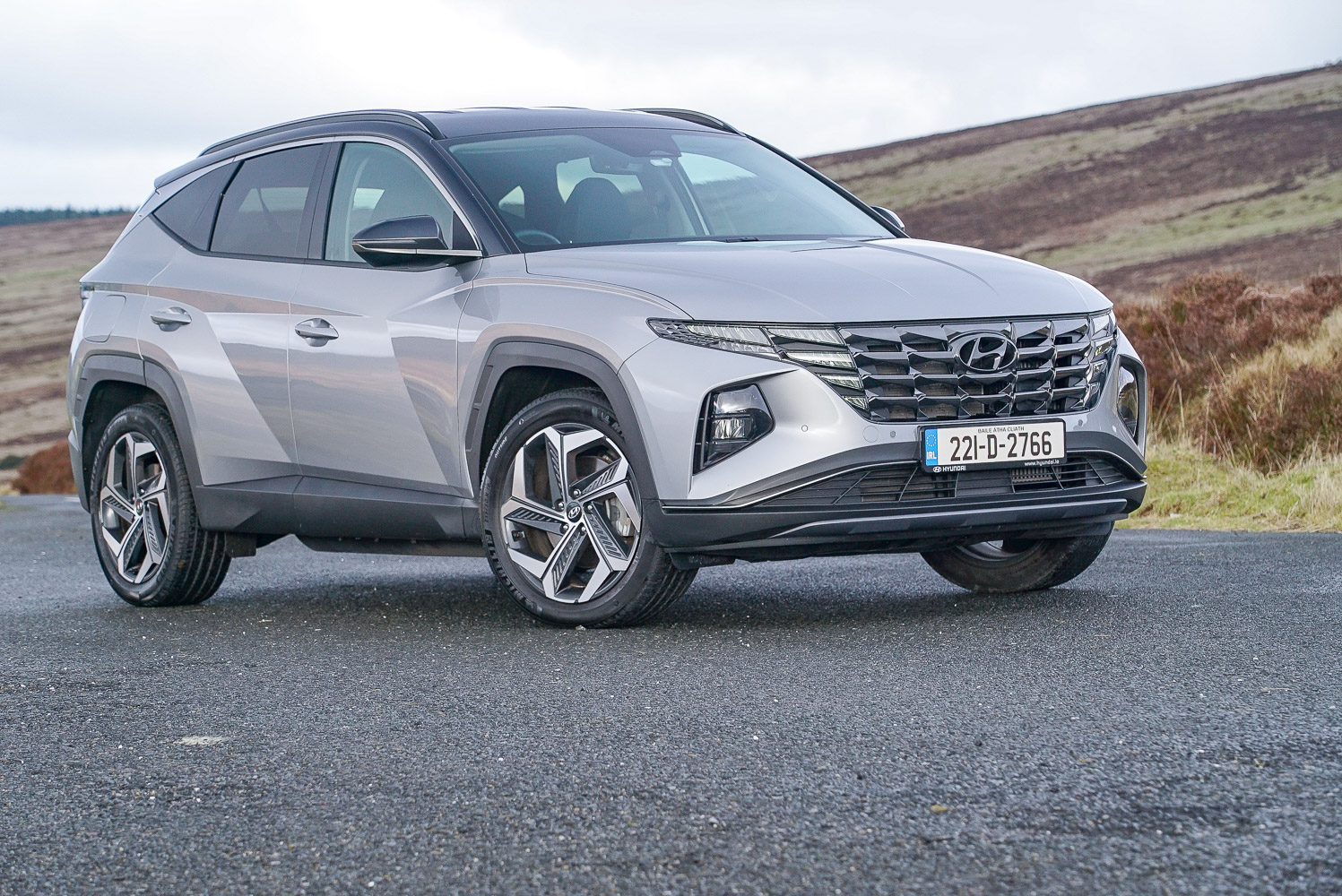The new Skoda Superb Combi has arrived and one of the star attractions of the range is a suitably enhanced plug-in hybrid (PHEV) model, which now features a bigger battery pack and the ability to replenish its power source via rapid DC chargers. So, is it the model of Superb Combi you should be aiming for, or are you better off with one of the simpler internal combustion models?
In the metal
Skoda has evolved the shape of the Superb Combi which went before, rather than rewriting the rulebook and starting afresh. So, while it may be true that if you only afford the new model the most casual of glances, you might be wondering precisely what has changed, if you appraise it in a more detailed fashion, it becomes obvious this is the latest Combi. Which means it's a handsome, elegant shape, defined by a large octagonal radiator grille and sleeker lamp units, front and rear. It has grown marginally, by 40mm in length and 5mm in height, but you wouldn't pick up on that with the eye. Nor would you spot that it's 15 per cent more aerodynamic than before with an official 0.25 coefficient-of-drag figure.
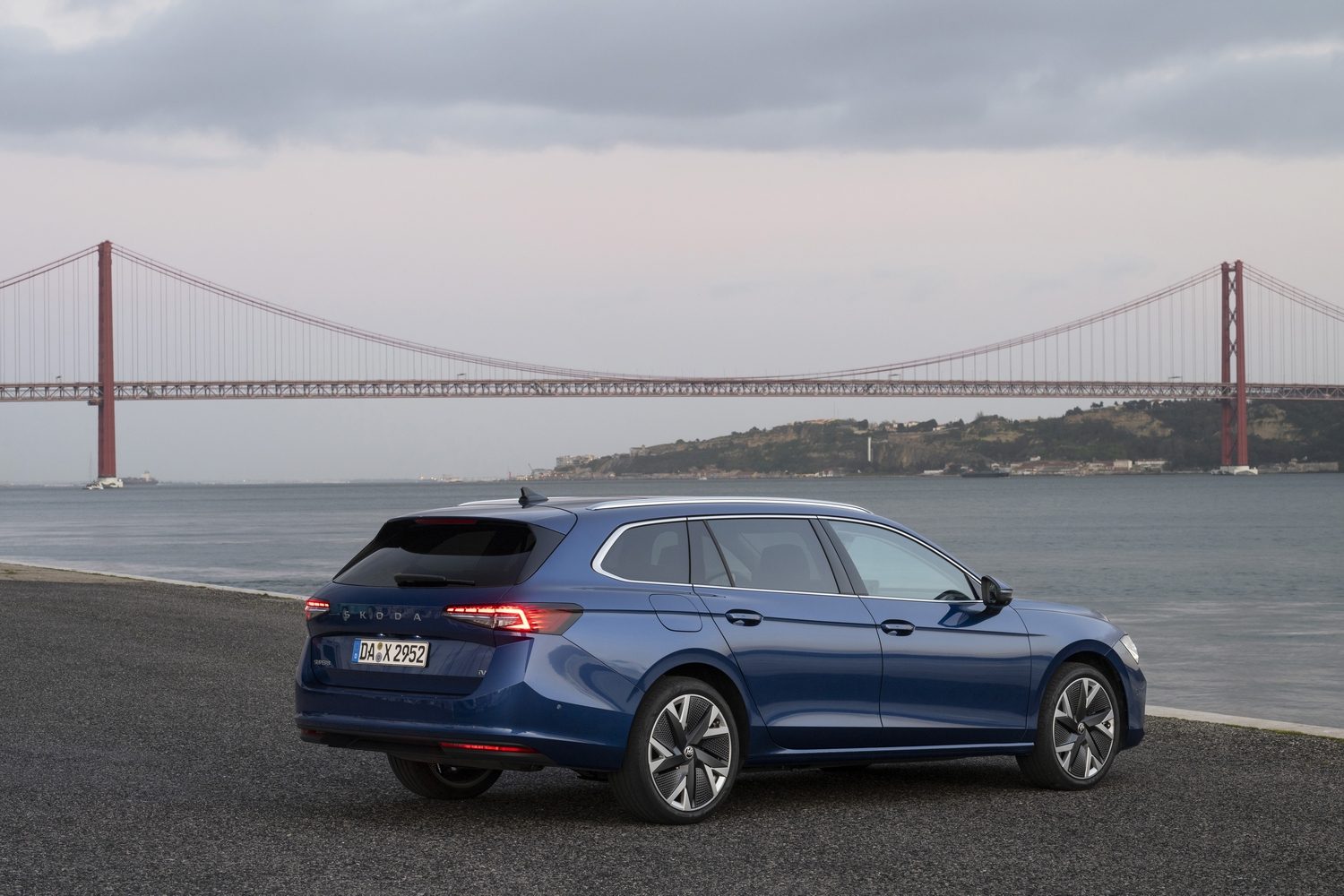
What you will do, though, is think this Skoda a very good-looking thing, an opinion which will be emphatically upheld once you step inside. The new dashboard is obvious and while there is one particularly clunking detail - the way the company doesn't seem to have neatly integrated the otherwise-swish ten-inch digital instrument cluster underneath the curved cowl above it - the rest of it is a visual treat for the eyes. Material quality is good too, with only a few minor areas that could be improved (such as the wobbliness of the 'Smart Dials', for example), and it should almost go without saying that the interior of the Superb Combi is vast. Passenger space in the rear is big enough for even the very tallest occupants to lounge around in supreme comfort, while the boot has got even bigger on this new model - standing at 690 litres with all seats in use, it's basically a small aircraft hangar on wheels.
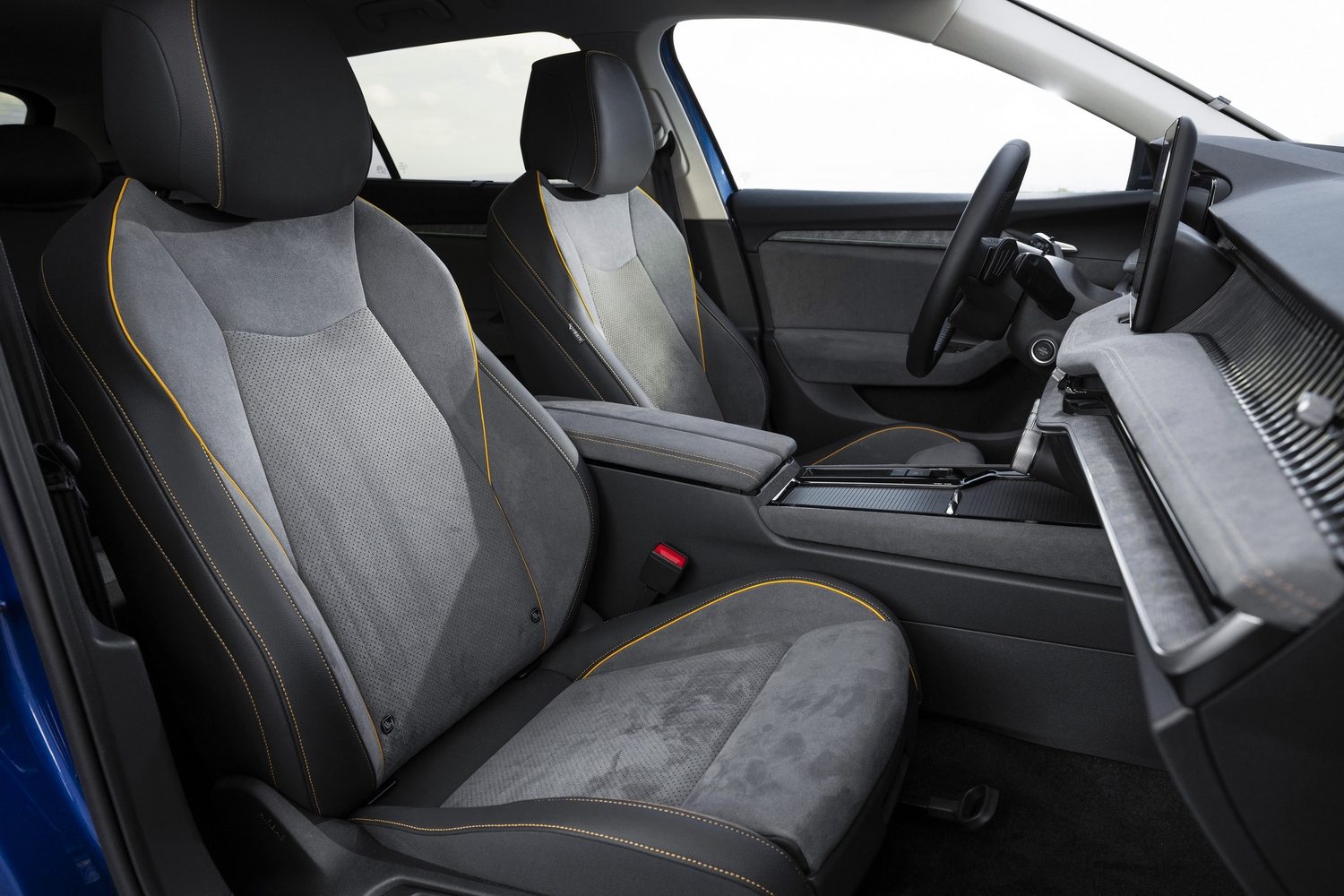
Driving it
The new Superb Combi PHEV teams a 150hp 1.5-litre TSI petrol engine with an 85kW electric motor built into its six-speed DSG twin-clutch gearbox. The combined output of these two is not the sum of the parts, though, with Skoda tuning the overall drivetrain to an unstressed 204hp maximum, and up to 350Nm of torque.
However, the bigger news is that there's now a 25.7kWh battery installed in the Superb Combi PHEV, as well as the capability of recharging it at up to 50kW on DC if you need to - meaning a 10-80 per cent replenishment of the battery pack would take 25 minutes, instead of the 2.5 hours it would at an 11kW AC outlet.
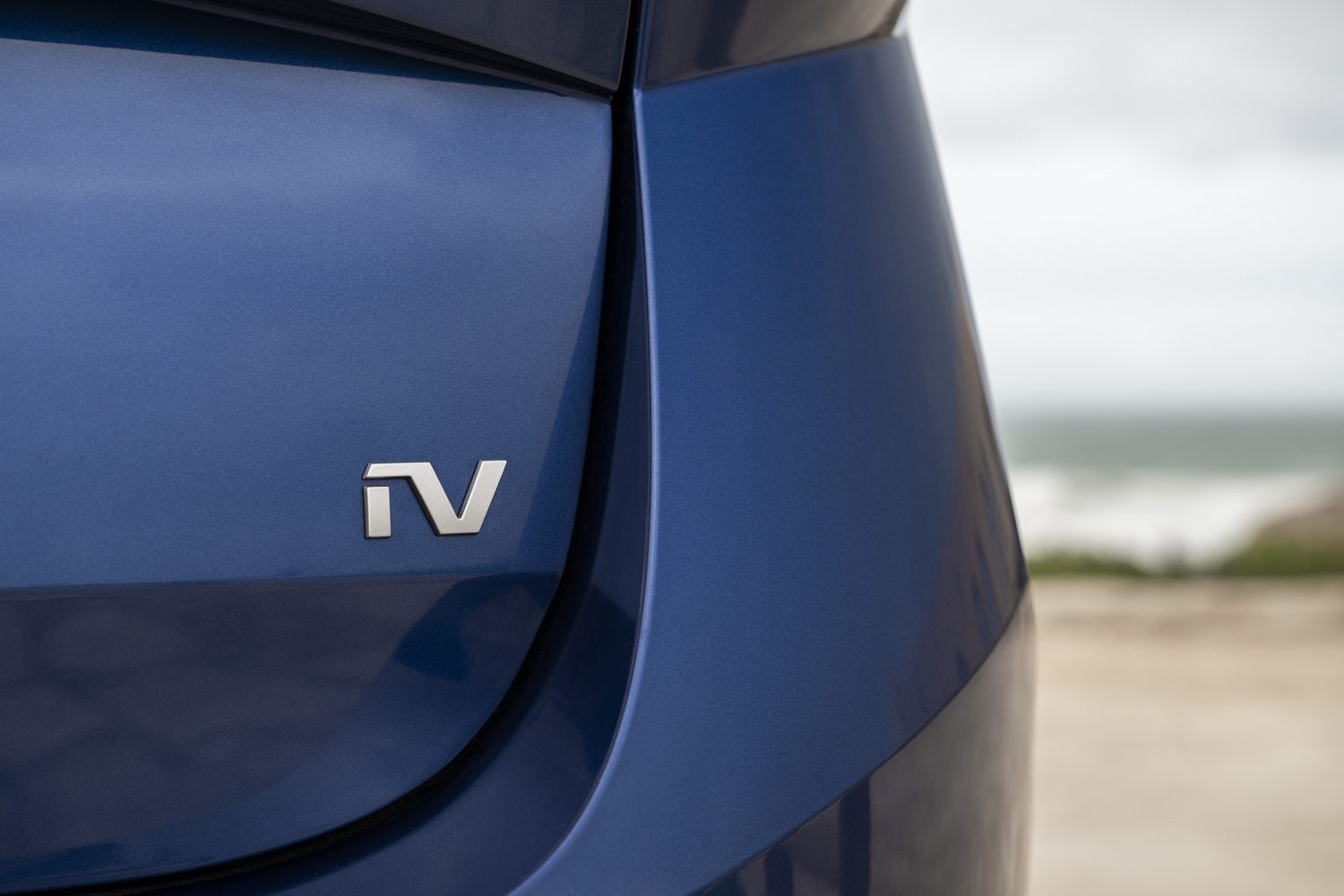
This is a big enough battery unit for Skoda to be able to claim that the Superb PHEV will go more than 100km on its electric power alone, so we're expecting some very impressive official numbers from the company in terms of fuel economy and CO2, once they're announced; that sort of electric range from a PHEV means it will barely use its combustion engine during the WLTP testing cycle, so we could be looking at something sub-1.0 litre/100km and less than 25g/km. As with any plug-in hybrid, those figures mean nothing to real-world use if you're not plugging the car in at every available opportunity.
We should point out here that we only had a very brief drive in the Superb Combi PHEV, in and around city streets at rush hour, so we can't give you a full overview. But we're already impressed by the integration of the two disparate halves of its drivetrain. If you ask the Skoda to segue from just using its electric motor to firing up the engine at the front to help, then there's no intrusive driveline shunt as the two halves combine to increase the Superb wagon's speed. Not that you'll need the engine much in town, though, as the estate has more than enough zip and hustle from its electric motor alone to keep up with day-to-day traffic flow without breaking sweat.
At 1,848kg, the Superb Combi PHEV is heavy, but not obscenely so. In fact, the plug-in hybrid has the same sort of impressive low-speed ride comfort and noise suppression as any other Superb Combi, with the bonus that it's even quieter in urban running because its petrol engine is lying dormant.
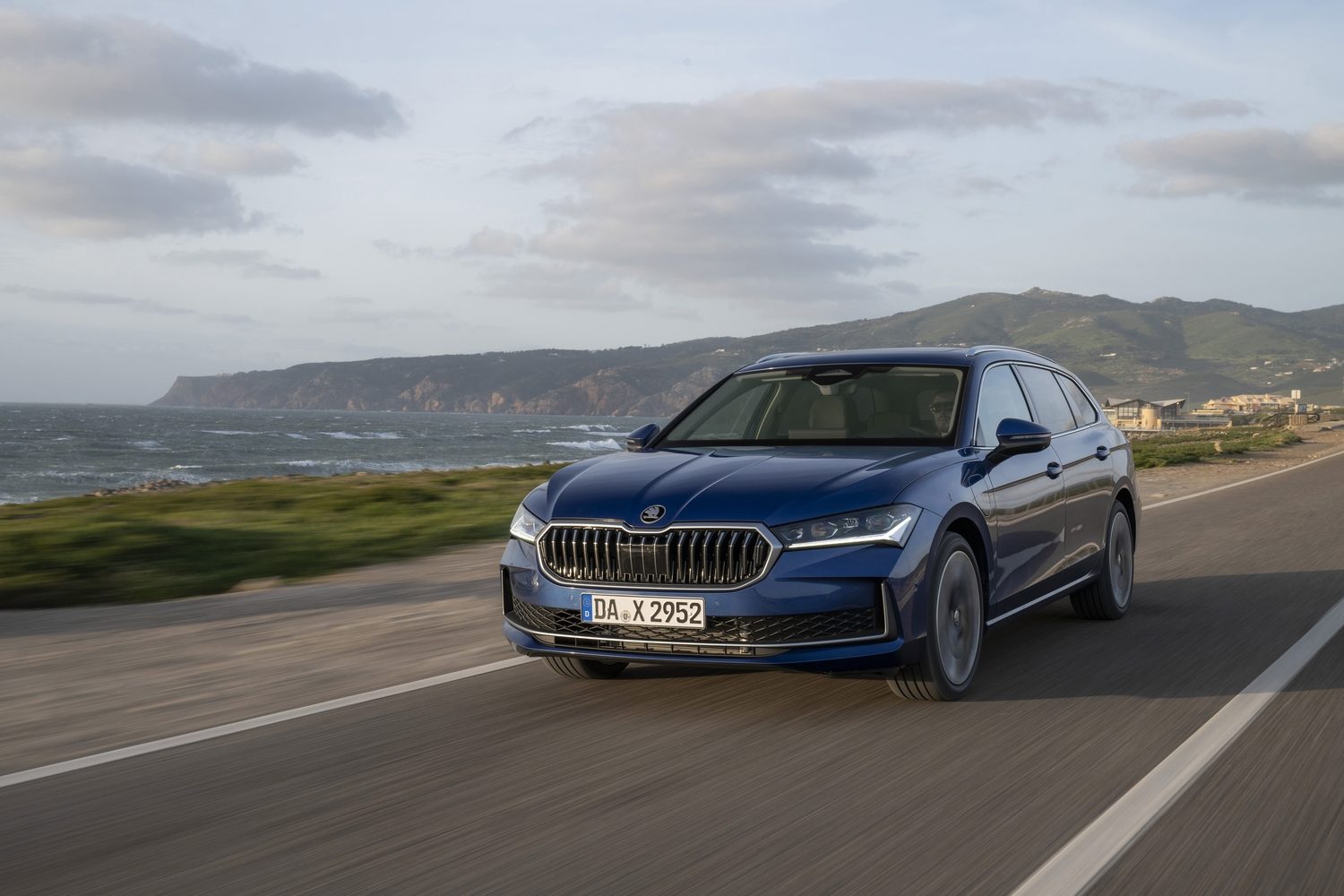
The steering also feels just as quick and just as pleasant as it does on any other Superb, while the general refinement of the 1.5-litre engine - when it does fire into life - is good, as long as you don't rev it out too far. So, all in all, even after just a fleeting experience, the PHEV looks like a strong contender in and among similar vehicles of its type.
What you get for your money
Although Irish prices and specifications for the latest Skoda Superb Combi range have been confirmed since this review first went live, they’re only for the 1.5-litre TSI mild-hybrid petrol and the 2.0-litre TDI turbodiesel - with a hatchback in Selection trim starting from €48,325 as the 1.5, while the Combi estate kicks off at €50,325 in the same specification. The PHEV, however, has not been included in those lists yet and we still don’t know its official CO2 output. However, it’s fair to assume that the CO2 output will be low on the hybrid, thanks to its all-electric range being in excess of 100km, so it will benefit from the concessions afforded to it as a result - for instance, it will not incur a high rate of VRT, which should help to keep the price down, and annual motor tax should be inexpensive too.
The key thing with making the most of any PHEV will be how often you can charge it to get the most from the electric portion of its drivetrain, but as it now has that DC charging capability, it might be that those who cannot charge a car at their place of residence could use the new Superb PHEV more easily thanks to its greater ability to access the public charging network.
Summary
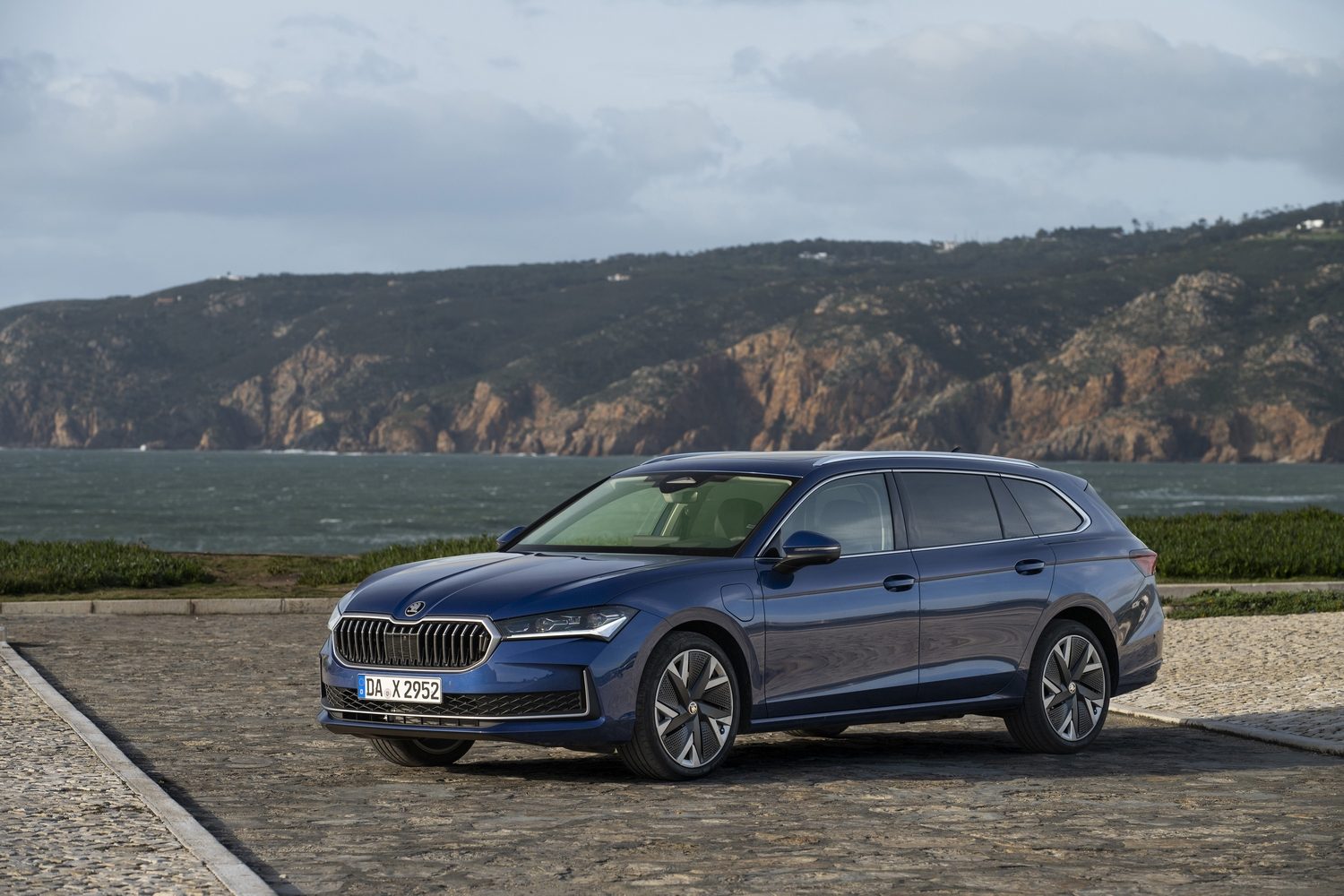
A brief glimpse of the Skoda Superb Combi PHEV's talents turns out to be a tantalising one, as the hybrid model appears to drive with all the sweetness and likeability of the variants fitted with pure internal-combustion engines. As we've said higher up the piece, we didn't get long behind the PHEV's wheel, but on this showing, we're very much looking forward to spending more time at it.

